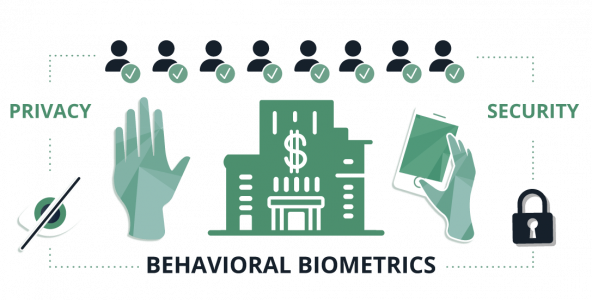Behavioral Biometrics
Behavioral Biometrics History, Applications, and Technology
Considerations in Applicability
When deploying behavioral biometrics solutions, note the following caveats for environment and interaction design


Behavioral biometrics requires system use
Behavioral biometrics enables authentication based on unique user behavior profiles. These are initialized when users engage with and use secured systems. In rare cases, however, exceptionally infrequent or irregular use may slow profile creation.
Users that interact with secured systems briefly and only once or twice per year, for example, may produce very little behavioral data.
In these cases, alternate authentication methods must be used until sufficient data about the user’s behavior can be gathered to enable behavioral-biometric identification.
Microbehavior—not activity—is profiled

Plurilock profiles consist of data used only to match real-time behavior to a profile of past behavior—data that, if found elsewhere, could not be tied to any real person.
What users do is not stored; only patterns of microbehavior (how keys were pressed, how mice were moved) are represented in each profile.
Privacy is a Cornerstone of Plurilock's Technology.
Plurilock only knows the way users type and move the mouse, not what they type or click on.














